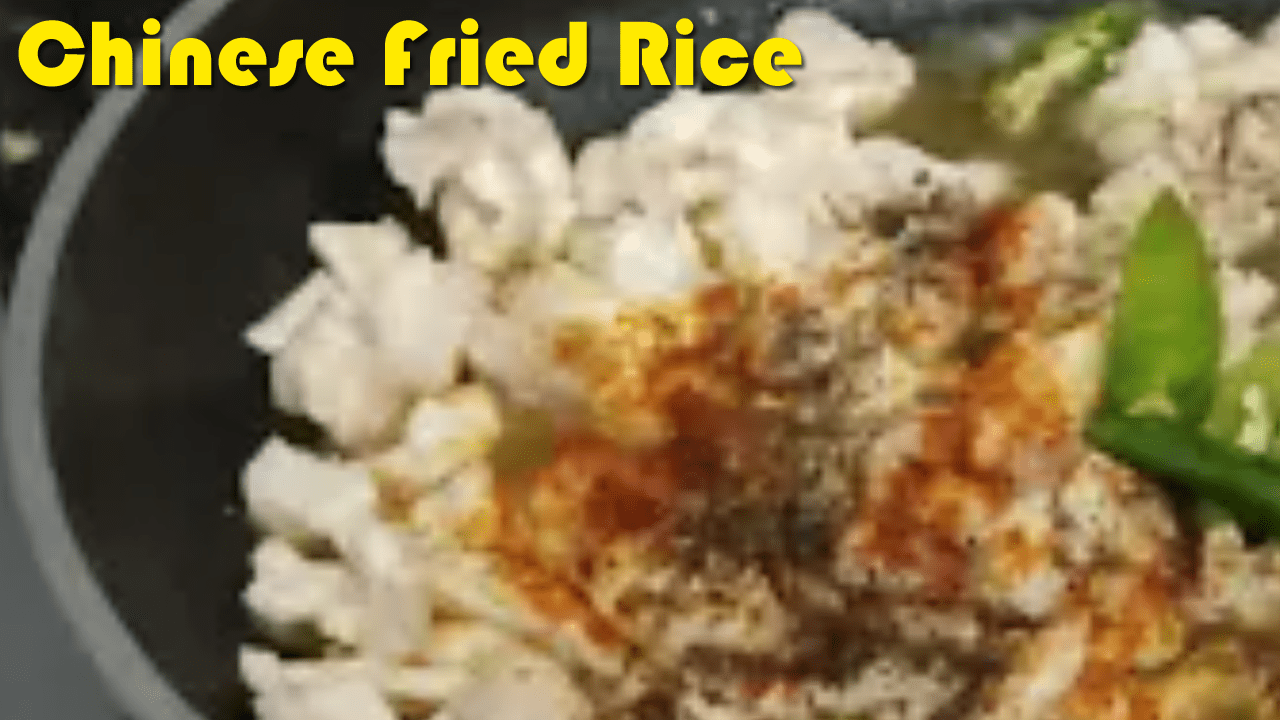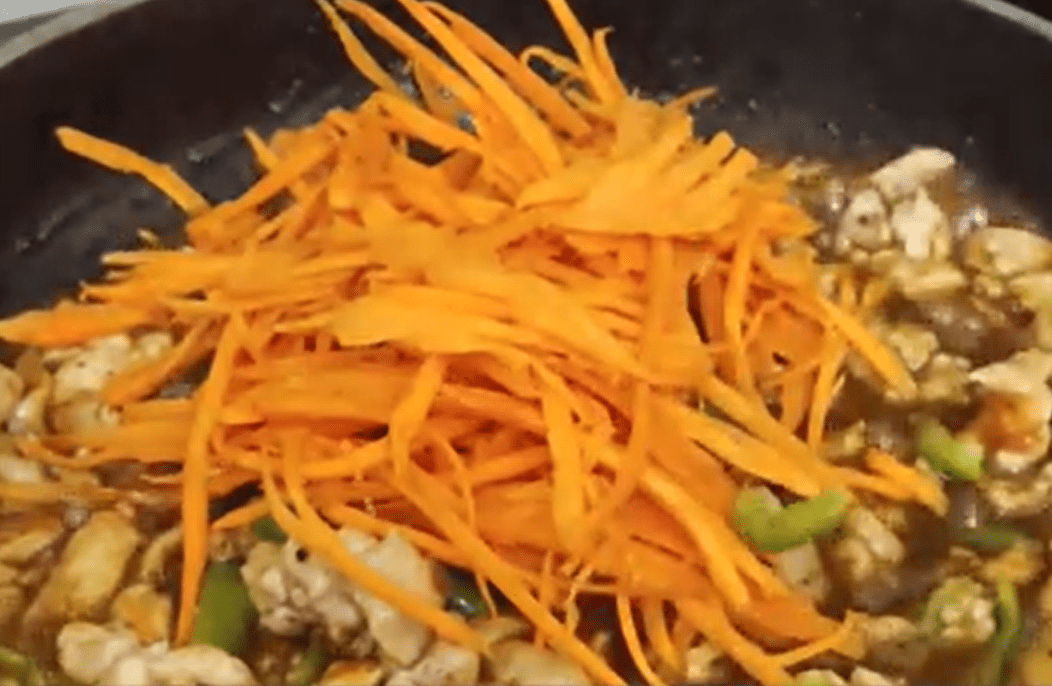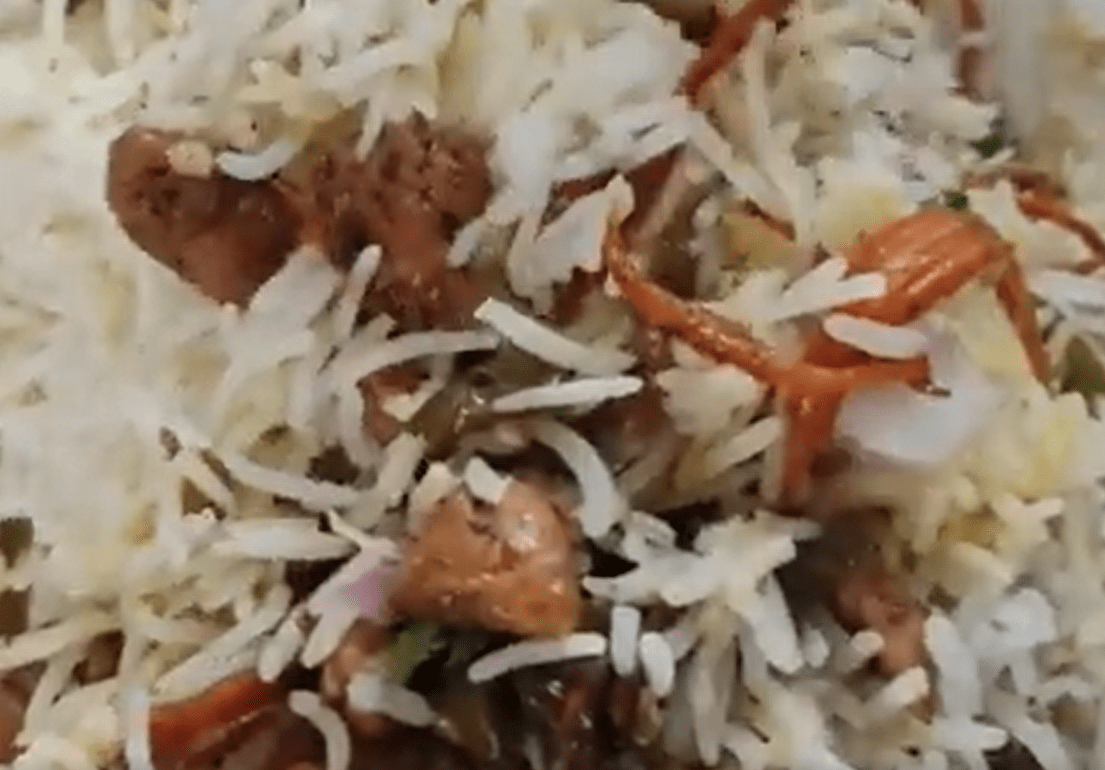Introduction
Chinese fried rice is a beloved dish that combines simplicity with rich flavors, making it a favorite in households worldwide. Originating from China, this dish has evolved into various regional variants, each bringing its unique twist to the table. Whether you’re a novice in the kitchen or an experienced cook, mastering the art of making perfect Chinese fried rice is a skill that will serve you well. In this comprehensive guide, we will explore a step-by-step recipe for Chinese fried rice, along with tips, variations, and insights to ensure your dish is both delicious and authentic.
History of Chinese Fried Rice
Origins of Fried Rice
The history of fried rice dates back to the Sui dynasty (589–618 AD) in China, where it was first made as a way to repurpose leftover rice. The dish was a practical solution to minimize waste while transforming simple ingredients into a flavorful meal. Over time, fried rice became a staple in Chinese cuisine, celebrated for its versatility and ease of preparation.
Regional Variations
Fried rice is a dish that reflects the diversity of Chinese culture. Different regions have their versions, with variations in ingredients and cooking methods. For example, Yangzhou fried rice is known for its use of shrimp, char siu (barbecued pork), and eggs, while Cantonese fried rice often includes soy sauce and a mix of vegetables.

Essential Ingredients for Chinese Fried Rice
1. Rice
The foundation of any fried rice dish is, of course, the rice. Ideally, leftover jasmine rice is used, as it has the perfect texture—firm yet slightly sticky. Freshly cooked rice tends to be too soft and can result in a mushy dish. To prepare the rice, rinse it thoroughly to remove excess starch, cook it, and then let it cool completely before using it in your fried rice.
2. Eggs
Eggs are a key ingredient in Chinese fried rice, providing a rich, savory flavor and a contrasting texture to the dish. They are usually scrambled and mixed with the rice during the cooking process.
3. Protein
While fried rice can be made vegetarian, adding a protein such as chicken, shrimp, or tofu enhances the dish’s nutritional value and flavor. For a more traditional take, char siu pork or Chinese sausage can be used.
4. Vegetables
Common vegetables in fried rice include peas, carrots, onions, and green onions. These add color, texture, and a hint of sweetness to the dish.
5. Soy Sauce
Soy sauce is the primary seasoning in Chinese fried rice, imparting a salty, umami flavor. Light soy sauce is typically used to maintain the rice’s color, but dark soy sauce can be added for a richer taste and darker hue.
6. Aromatics
Garlic and ginger are essential aromatics in Chinese fried rice, providing a fragrant base that elevates the dish’s overall flavor.
7. Oil
A neutral oil with a high smoke point, such as vegetable or peanut oil, is best for frying the rice. Sesame oil can be added at the end for a nutty flavor.
Step-by-Step Guide to Making Chinese Fried Rice
Step 1: Prepare Your Ingredients
Before you start cooking, ensure all your ingredients are prepped and ready. This includes chopping vegetables, scrambling eggs, and cooking your protein if necessary.
Step 2: Cook the Eggs
Heat a wok or large skillet over medium-high heat. Add a tablespoon of oil and swirl to coat the pan. Pour in the beaten eggs and scramble them until just set. Remove the eggs from the pan and set them aside.
Step 3: Stir-Fry the Aromatics
In the same pan, add another tablespoon of oil. Once hot, add the minced garlic and ginger. Stir-fry for about 30 seconds or until fragrant, being careful not to burn them.
Step 4: Cook the Vegetables
Add the chopped vegetables to the pan and stir-fry for 2-3 minutes until they are slightly tender but still crisp. If using frozen peas, add them towards the end of this step to ensure they don’t overcook.
Step 5: Add the Rice
Add the cooked and cooled rice to the pan, breaking up any clumps with the back of your spatula. Stir-fry the rice for 3-4 minutes, allowing it to absorb the flavors of the aromatics and vegetables.
Step 6: Season the Rice
Drizzle the soy sauce over the rice and mix well to ensure every grain is coated. Add a pinch of salt if necessary, and stir-fry for another 2 minutes.
Step 7: Incorporate the Eggs and Protein
Return the scrambled eggs and cooked protein (if using) to the pan. Stir everything together and cook for an additional 2 minutes to heat through.
Step 8: Garnish and Serve
Once everything is well mixed and heated, turn off the heat. Garnish with chopped green onions and a drizzle of sesame oil. Serve hot.
Tips for Perfect Chinese Fried Rice
1. Use Cold, Day-Old Rice
The key to great fried rice is using rice that has been cooked and cooled. Freshly cooked rice is too moist and can become mushy when fried. Day-old rice is firmer, making it easier to stir-fry without clumping.
2. High Heat is Crucial
Cooking fried rice requires high heat to achieve that characteristic smoky flavor known as “wok hei” or “breath of the wok.” Ensure your pan is hot enough before adding the ingredients.
3. Don’t Overcrowd the Pan
Overcrowding the pan can lower the temperature, causing the rice to steam rather than fry. If you’re making a large batch, it’s better to cook in batches to maintain the right texture.
4. Keep Stirring
Stirring continuously helps evenly distribute the heat and prevents the rice from sticking to the pan. However, avoid mashing the rice to retain its individual grains.
5. Adjust Seasonings to Taste
Taste your fried rice as you cook and adjust the seasonings accordingly. You can add more soy sauce, salt, or even a dash of white pepper for extra flavor.

Variations of Chinese Fried Rice
1. Yangzhou Fried Rice
This classic version is a staple in many Chinese restaurants. It typically includes shrimp, char siu pork, and scrambled eggs, with a light seasoning of salt and white pepper.
2. Cantonese Fried Rice
Cantonese fried rice often incorporates a variety of vegetables, including bell peppers, bean sprouts, and bok choy. It may also include soy sauce and oyster sauce for added flavor.
3. Shrimp Fried Rice
A popular choice for seafood lovers, shrimp fried rice is made by adding fresh or frozen shrimp to the mix. The shrimp are usually stir-fried separately before being combined with the rice.
4. Chicken Fried Rice
Chicken fried rice is a comforting and satisfying dish. Boneless, skinless chicken breast or thighs are typically used, and the chicken is marinated in soy sauce and cornstarch for extra tenderness.
5. Vegetable Fried Rice
For a vegetarian option, vegetable fried rice is a great choice. It’s packed with a variety of fresh vegetables like broccoli, bell peppers, and mushrooms, making it a healthy and colorful dish.
6. Egg Fried Rice
Simple yet delicious, egg fried rice is made with just eggs, rice, and a few seasonings. It’s a quick and easy option for a satisfying meal.
7. Pineapple Fried Rice
A Thai-inspired variation, pineapple fried rice includes chunks of fresh pineapple, cashews, and sometimes curry powder, giving it a sweet and savory flavor profile.
Nutritional Benefits of Chinese Fried Rice
1. Balanced Macronutrients
Chinese fried rice offers a balanced mix of carbohydrates from the rice, proteins from the eggs and meat, and fats from the oil. This combination provides a satisfying meal that keeps you full.
2. Rich in Vitamins and Minerals
The vegetables in fried rice add vitamins, minerals, and antioxidants to the dish. For example, carrots are rich in vitamin A, while peas provide fiber and vitamin C.
3. Protein-Packed
Adding protein such as chicken, shrimp, or tofu increases the nutritional value of fried rice, making it a well-rounded meal that supports muscle growth and repair.
4. Customizable for Dietary Needs
Fried rice can be easily customized to suit various dietary needs. For a lower-calorie version, use less oil and add more vegetables. For a gluten-free option, use tamari instead of soy sauce.
Pairing Suggestions for Chinese Fried Rice
1. Spring Rolls
Crispy spring rolls filled with vegetables or meat make an excellent appetizer to serve alongside Chinese fried rice. The contrasting textures and flavors create a harmonious dining experience.
2. Sweet and Sour Chicken
The tangy and sweet flavors of sweet and sour chicken complement the savory taste of fried rice, making it a popular pairing in Chinese cuisine.
3. Stir-Fried Vegetables
A side of stir-fried vegetables, such as bok choy or Chinese broccoli, adds freshness and a nutritional boost to your meal.
4. Hot and Sour Soup
Hot and sour soup is a great starter to serve before fried rice. Its bold flavors and warming qualities make it a perfect companion to the dish.
5. Dumplings
Steamed or fried dumplings filled with pork, chicken, or vegetables are another classic pairing for fried rice. The dumplings’ soft or crispy texture pairs well with the slightly chewy rice.
Frequently Asked Questions (FAQs)
1. Can I use freshly cooked rice for fried rice?
While it’s possible

One thought on “Chinese Fried Rice Recipe: A Culinary Delight”